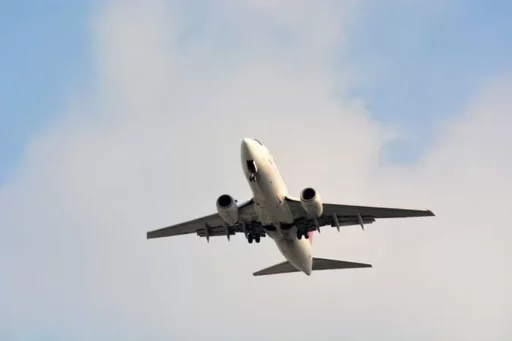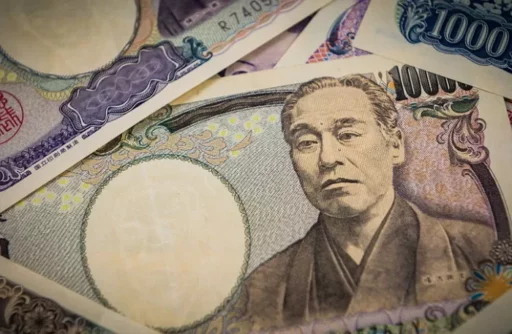Passenger Numbers for Flights between South Korea and Japan Reach Record High
The number of passengers traveling between South Korea and Japan has exceeded 10 million by May this year, setting a record high.
According to aviation statistics from the Ministry of Land, Infrastructure, and Transport, Incheon International Airport Corporation, and Korea Airports Corporation, a total of 11,246,131 passengers (combined departures and arrivals) utilized the South Korea-Japan flight routes from January to May 2023.

This figure represents an increase of 10.7% compared to the same period last year (10,156,796 passengers) and is the largest on record for the January to May period. It also shows a 19.8% increase compared to the same period in 2019, prior to the COVID-19 pandemic (9,386,783 passengers).
Of the total, 7.85 million passengers (69.8%) traveled through Incheon Airport, while 3.39 million passengers (30.2%) used other airports such as Gimpo and Gimhae.
Impact of Yen Depreciation and Airlines Expanding Routes
Notably, despite the strong yen, demand for travel to Japan has actually increased. The exchange rate of the won to the yen exceeded 1,000 won at times in March and April this year, but fell again to 960 won last month.
Despite the yen's strength, the travel demand to Japan has increased.
Nonetheless, the monthly number of passengers on the South Korea-Japan routes has risen by 8-14% compared to the same months last year, with 2.32 million in January, 2.19 million in February, 2.31 million in March, 2.12 million in April, and 2.28 million in May. In particular, the number of monthly passengers has exceeded 2 million for eight consecutive months since October last year.

Aviation industry experts cite the yen depreciation and aggressive route expansions by airlines as reasons for the sustained popularity of the Japan routes.
The number of flights on South Korea-Japan routes for January to May this year totaled 58,784, an increase of 6.9% compared to the same period last year.
Short-haul routes, such as those to Japan, are relatively unaffected by exchange rate fluctuations, and there is active fare competition led by low-cost carriers (LCCs), which has mitigated the travel burdens during periods of yen appreciation.
Korean Air became the first national airline to launch flights on the Incheon-Kobe route on April 18, operating twice daily, while Jin Air began operating weekly flights to Ishigaki Island, Japan, from Incheon on April 3.
Eastar Jet has also been operating three flights a week on the Incheon-Tokushima route since December last year.

The aviation industry anticipates that with the yen's recent depreciation and domestic airlines continuing to expand their Japan route operations, the popularity of travel to Japan will persist in the second half of the year.
For the year as a whole, the number of passengers on the South Korea-Japan routes is expected to surpass last year's record of 25.14 million.
Image Source: Reference photos for understanding the article / gettyimagesbank


